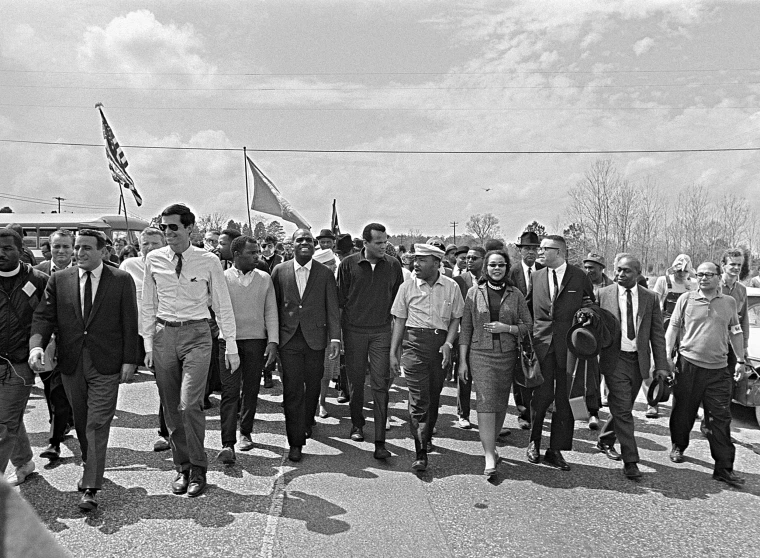Now that I’ve done the pre-pre intro to my discussions of Jewish law, along with the pre-intro, it’s time for the intro, which will place the Kitzur Shulchan Aruch (the book I’ll be using next) in context. So, Christianity has had a problem bringing the Bible to the masses as did Judaism with certain parts of the Bible. However, Judaism also had an issue bringing to the masses a clarified, easy-to-follow instruction in Jewish law.
Let me paint the situation that led up to the writing of the Kitzur Shulchan Aruch (at least from the POV of a contemporary Orthodox narrative:
Once upon a time, YHWH gave Israel the Torah in Sinai. It consisted of two parts: the written Torah (Genesis-Deuteronomy, but later extended as he “inspired” the rest of the writers of the Hebrew Bible) and the oral Torah (explaining the laws in detail, so that they have practical applicability to a Jewish theocratic society). The weight of content was heavily stacked: the written Torah is compared to brief point-form lecture notes while the oral Torah is the lecture. The oral Torah was never meant to be written down because that misses the point of the intricacies of the student-teacher relationship.
Stage 1: With exiles, invasions and the threat of assimilation from Rome, the oral Torah was in trouble of being forgotten. So, the Mishna was compiled which is a super-terse point-form info dump of the very basics. It usually gives just the final decisions on the law, without the reasoning behind it, or the intricate details or the Biblical supports etc. This was still left for the student.

Stage 2: However, after a greater supposed decrease in knowledge, the discussion was put down too in the form of the Gemara. This is a commentary on the Mishna and the two together make up the Talmud. The Gemara gives reasoning, sources, arguments, lore, history and more. Armed with the Talmud, a man could figure out what the law is on most given situations (at least at the time of compilation), if he were bright and experienced enough to follow the oft-fractal-like logic path.
Stage 3: However, after a greater supposed decrease in knowledge, a few Rabbis wanted to go further. It would be great if people could follow the Talmud but most can’t. Most live in shtetls around Europe and towns in the Middle East and are preoccupied with survival. So, Maimonides produced his Mishneh Torah, which gives the final rulings on all the Torah law that existed at the time in an organised fashion. The other was what eventually became the Shulchan Aruch, which just gives the laws relevant to Europe shtetl life and omits the Temple sacrifices, purity laws and all the other stuff of yesteryear. Now, I imagine each stage would have had detractors but this one was particularly serious. Many rabbis were against these (and I believe forbade them) as a “dumbing down” of Torah law.

Stage 4: The Mishneh Torah and Shulchan Aruch are comprehensive but each one fills up at least 1 shelf in a generous-sized bookcase. What of Joseph Schmo who doesn’t “even” have the skill to understand that? This is where the Kitzur Schulchan Aruch came in — a latter abbreviation-type work that pulls out just those laws that a Jew is most likely to need in daily life. Now we’re down to just 2 small volumes but of course at the time it was considered a “Judaism for dummies”.
This is why this book is quite important for a bird’s eye view of Judaism. It’s a quick and nasty peep at a world that’s normally buried under lots of details and obfuscation. It just says what an Orthodox Jew must do and although for an observant person living today each law will have many details, caveats exceptions or even deviations from the Kitzur, it’s still a good intro. So, next time we’ll look at how you should be ashamed of your body, and other fun stuff.





0 Comments